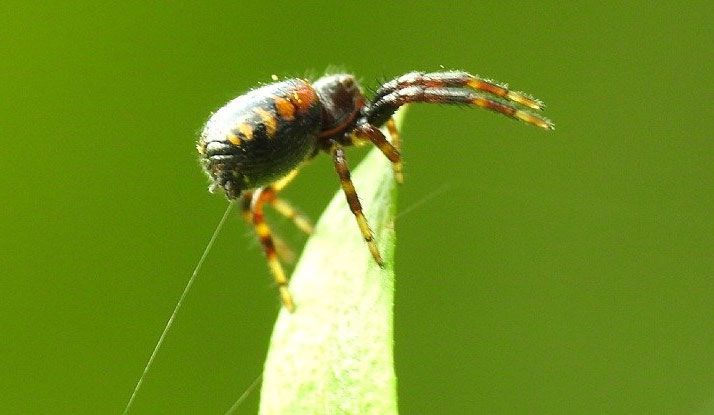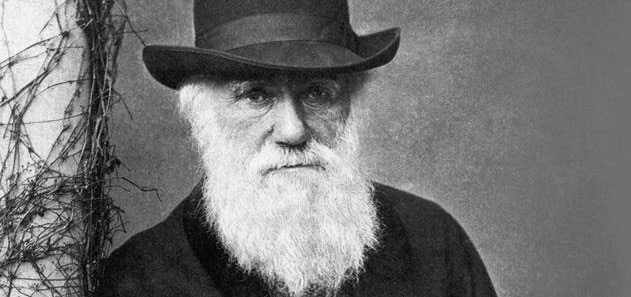New research: Spiders can use electricity to fly in the air
These little creatures still keep us surprised.
When it rained or simply wanted to move the house to another place, the spider would throw a parachute with silk and let go of the wind. But the newly published study shows that not only does the wind bring these eight-legged animals on the road.

The magnetic field provides thrust for the "kicking" spider in the air.
This action of spiders has long been understood by scientists, but they have just emerged that the magnetic field not only leads the spider, it also provides the repulsive force for the "toss" spider in the air.
"When people think of an aerial animal, people will never think about spiders," said researcher Erica Morley and Daniel Robert from Bristol University in their scientific report. "However, these wingless animals can fly 4km high, even a few hundred kilometers away."
They can fly due to the potential gradient in the APG atmosphere, an electric current exists between the Earth and the upper ionosphere. Large storms of clouds can be considered a huge power supply for APG, "charging" electricity and maintaining a stable electric field in the atmosphere. The researchers explained that the idea of spiders flying in the air with electric currents has been around since the 19th century but was soon dismissed without anyone testing.
"Charles Darwin was so excited that the heat would provide a force that allowed the spider to spin in the wind, he thought when he saw hundreds of spiders riding air in a windy day," the scientific report wrote. . "However, Darwin's observation has not accompanied any evidence of support."

Charles Darwin was very interested in the heat that would provide a force that allowed spiders to spin silk in the wind.
In 2013, another research group suggested that it was the electricity field that contributed to the flying ability of the spider, Morley and Robert wanted to really try to see how the spider reacted to the electric field and the unusual change of an electric school.
They collect spiders of the Erigone species and set up an experiment, which introduces elements such as the movement of air or electricity in the atmosphere. They turned on the electric field to monitor what happened next.
The team discovered that spiders proceed when the electric field turns on , and the electrostatic force itself is enough to lift the spiders; This is also what forces your hair to stand up when you hold a brushed balloon on your head (the test doesn't work with people who don't have hair).
When the electric field is turned off, the spiders will land down; Turn on the electric field, they will bring me up again."We are not sure whether the electric field is an essential element for flying spiders. But it can be certain that that force is enough for the spider."
The spider has a special sensor hair called trichobothria , which is probably what allowed the spider to sense the electric field. Scientists believe this is how the spider feels APG's presence to take off.
This small spider-like study shows that the natural world has so much to learn. How can a tiny bio-machine with hairs feel an invisible electric field in the air? What if we got this technology?
The first step to answer this question is a study published in Current Biology.
- Spiders re-solidify and birds
- Science has proven: Spider is a friend, not an enemy!
- Many new and rare spiders are found in Australia and India
- Science determines the time when spiders are most likely to occur in the home
- Visit the 'nightmare' room where 10,000 spiders live
- This is the color that people fear spiders should avoid wearing
- Spiders can also spread silk in the universe
- What if we swallow a spider?
- Spotted spiders emitting a
- Mechanism to catch spooky prey of spiders
- Why do spiders spread silk?
- Surprised with fish-eating spiders
 Animal 'suffering' after hibernation
Animal 'suffering' after hibernation Why do goats climb well?
Why do goats climb well? Scientists were surprised to see chimpanzees eating turtles
Scientists were surprised to see chimpanzees eating turtles Giant catfish died deadly due to drought in Thailand
Giant catfish died deadly due to drought in Thailand